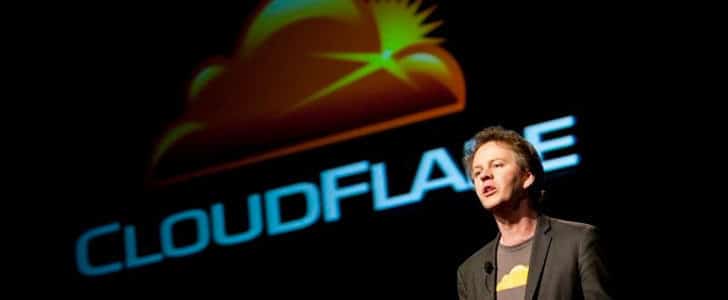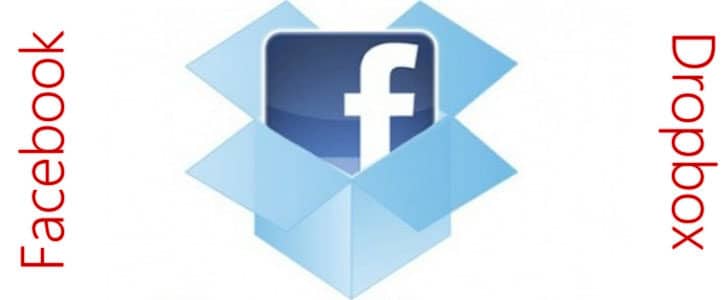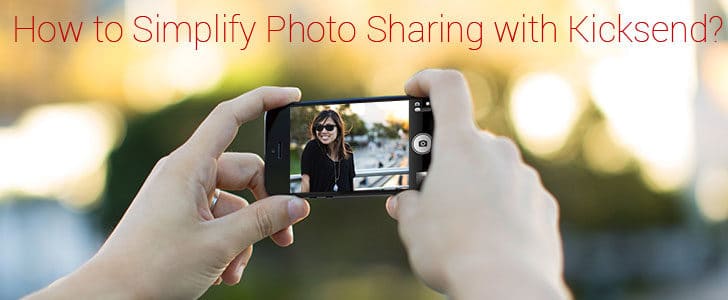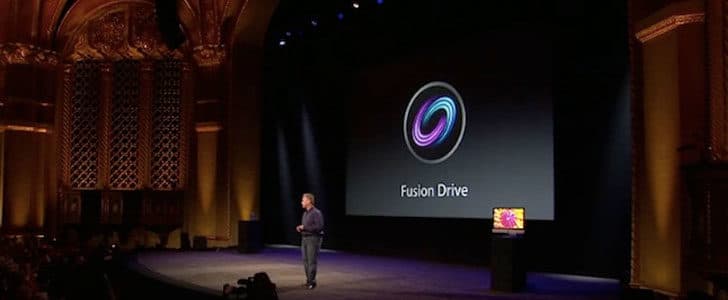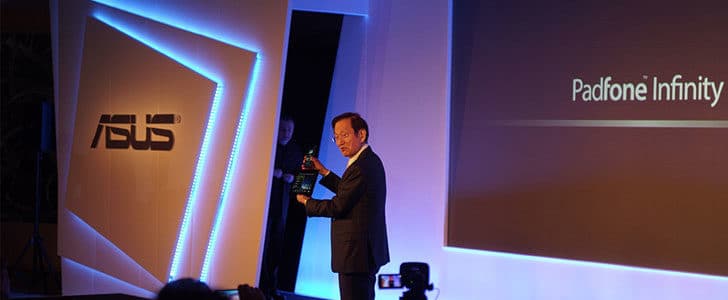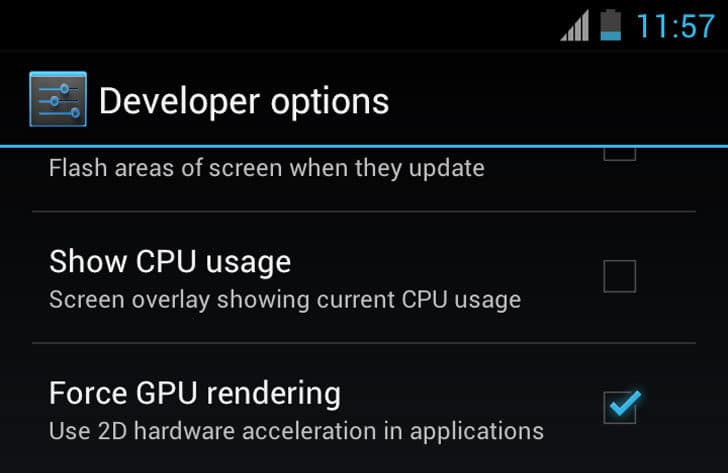The quality of mobile gaming displayed an exponential growth in the past few years and now they are ready to be almost as good as console games. We already have high quality mobile gaming consoles from many manufactures.
Nvidia entered this race with Project Shield, a high end Android based mobile gaming console introduced in CES 2013. It wraps up latest and greatest internals and displayed awesome performance in live demonstrations. Today we have Nvidia Project Shield under the NOG spotlight.
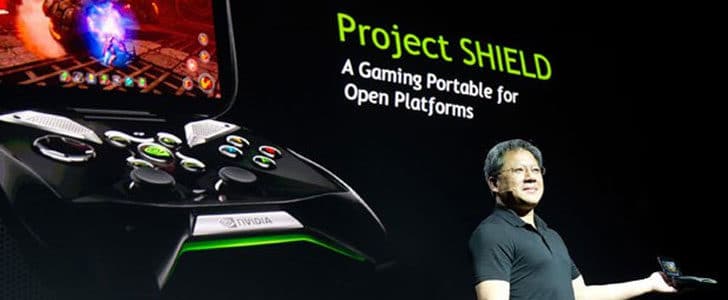
Insight for Project Shield
Design
Type: Flip
Controllers: Multi Touch Screen, Joysticks, shoulder mount triggers and dedicated buttons
The design here is very different from a Smartphone or Tablet and very close to mobile gaming consoles like PSP. There is a flip screen, bass enhanced built in speakers and all the dedicated gaming controllers in place. In the back panel you can find connectivity ports and microSD slot.

Display
Size: 5 inches
Technology: LCD
Resolution: 720 x 1280 px
Sharpness: 294 ppi
The display is in right size for mobile gaming. Display sharpness is also in its sweet point. But I’m not overly impressed with the display resolution and technology. A 1080p resolution and IPS or AMOLED display would be a great value addition.
Processor and Storage
Platform: Nvidia Tegra 4
CPU: Quad Core Cortex A15
GPU: 72 Core GeForce (Custom)
RAM: 2 GB
Internal Storage: 32 GB
Expandable Storage: Yes, microSD
This is the first device to utilize latest Nvidia Tegra 4 platform and its power. Quad Core Cortex A15 CPU and 72 core Gefore GPU will make this device fly high in the sky for sure. The package comes with good amount of RAM and expandable internal storage too.
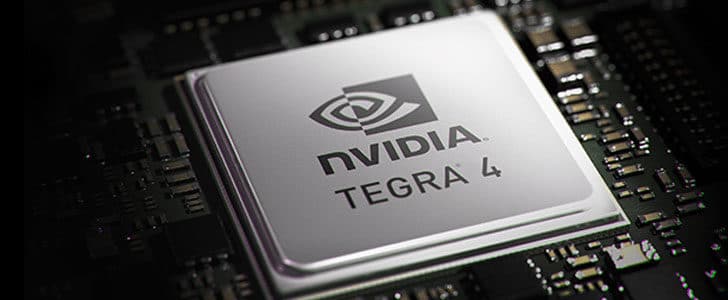
Software
OS: Android 4.1 Jelly Bean
The operating system is Android, a wise move. It will give versatile performance to the device unlike other mobile gaming consoles. And it’s pure android, another wise move. So you wont have any performance issues like themed versions of Android.
Connectivity
Mobile Network: N/A
Wi-Fi: 802.11 n/g/b With 2×2 MIMO Antenna
Bluetooth: 3.0
USB: microUSB
HDMI: Yes up to 4K
This is not a mobile communication device. So you don’t need GSM/HSDPA or LTE. But it comes with lightening fast Wi-Fi for multiplayer games. Built in Bluetooth radio completes other things in between. MicroUSB port is there for PC connectivity.
In the CES demonstration this device worked superb with a 4K display connected via built in HDMI port. Once this project comes to retail market I’m pretty sure it will be a nice addition to your future living room with 4K TV.
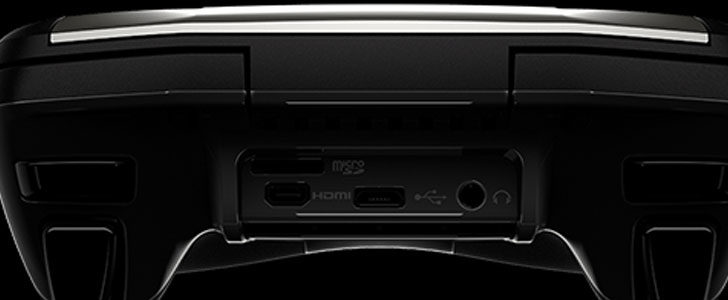
This is not only a standalone device. You can connect this to your Gefore GTX powerd gaming station and play PC games. That’s why it’s comes with lighting fast Wi-Fy to reduce latency.
Battery Life
Type: Li-Ion
Capacity: 38 Wh
Battery Life: N/A
Cortex A15 CPU cores can perform a lot with much lesser power. And Nvidia 4-PLUS-1 architecture is also there. So this device expected to be energy efficient. With all these it has 33 Wh battery. So in real life you will be able to enjoy hard core gaming at least for 5 hours.
Wrapping Up
Project shield is not a complete product yet. But it has already created a new trend of Android powered mobile gaming consoles. Rumors say that Qualcomm is also working on building a Snapdragon 800 based gaming consol.
Once this comes to the market it will have lots of competitive advantage with Nvidia eco system. They already have Tegra Zone to download Android based games and Gefore GTX series desktop GPUs to work with project shield. After all it’s not only a gaming console. It can do most of the work as same as a Android Smartphone like web browsing, YouTubing, image viewing and social media.
No matter how hard these devices try to bridge the gap between console gaming and mobile gaming, there is lot more work to do toward it. So it might be challenging to get the hard core gamers attracted to these devices.
If Nvidia manages to release a polished device with great price they have a good chance of dominating mobile gaming with power of Android. The answer we are looking for is in the future. Will discuss further once this comes to market as a retail product.
Tags: #Nvidia

